In almost every house you can find violet, this species is distinguished by a variety of colors and shapes, and received its popularity for its ability to bloom at any time of the year. It also happens that the plant is actively developing and new foliage constantly appears on it, but there are no buds. It is important to understand why indoor violets do not bloom, as there can be several reasons, and only after that take any action.
Basically, the reason is a violation of the rules for caring for the senpolia or the presence of pests. It is important to identify and eliminate the cause in a timely manner, so as not only to restore the plant's ability to bloom in colorful flowers, but also to save its life, because some diseases and insects can destroy the violet very quickly.
Content
Why home violets do not bloom
Among amateur gardeners, there is an opinion that the senpolias, better known as violets, are not picky about care and, planting them at home, they rely on year-round availability of beautiful flowers of different shades and a pleasant aroma inherent in many varieties of this species.
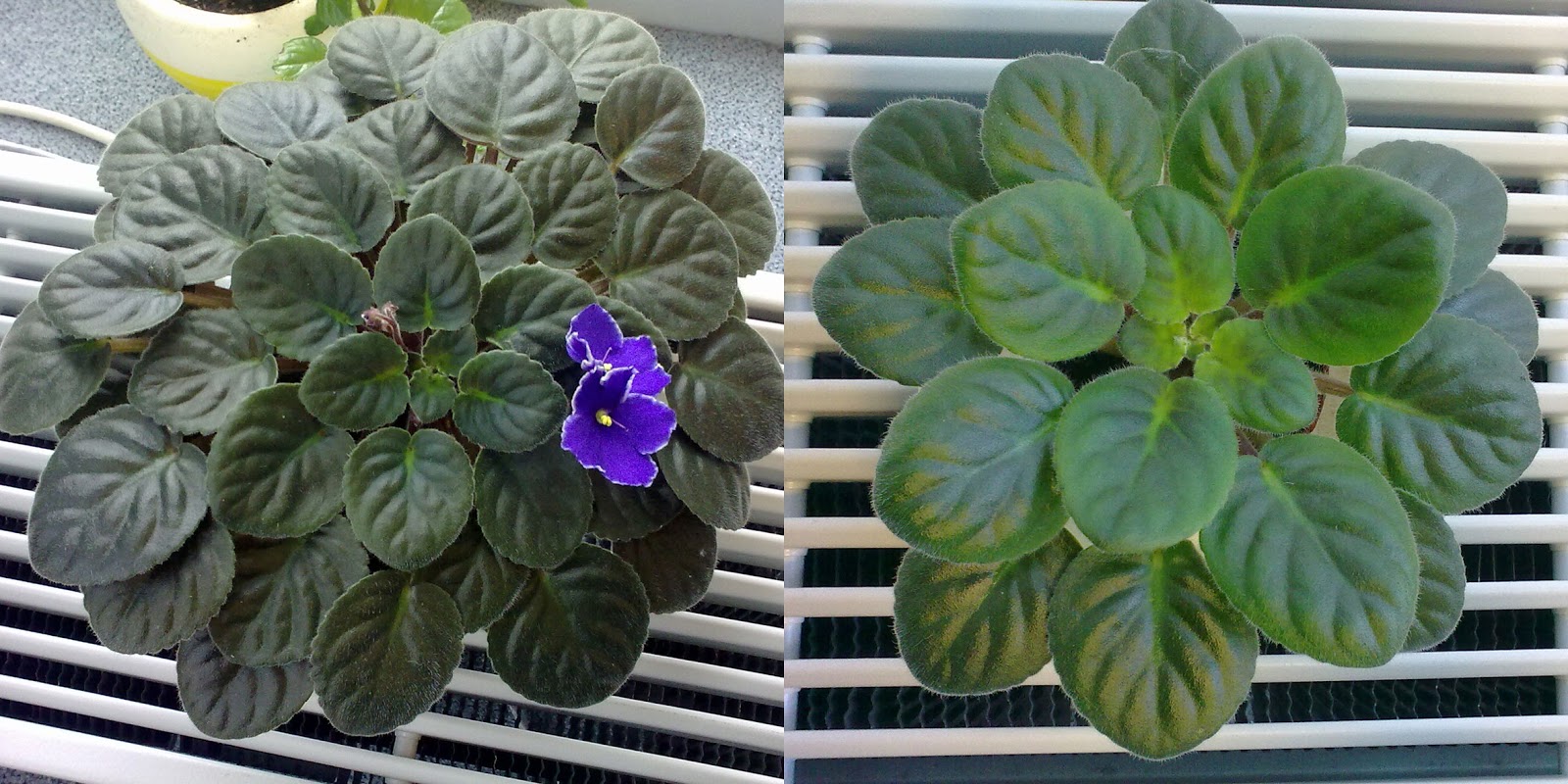
The reasons for the lack of flowering for a long time can be associated with the following factors:
- Lighting: its duration and intensity directly affects the formation of the peduncle of violets. Saintpaulia loves light and its deficiency causes the plant to develop improperly, in which flowering may not occur at all. When choosing a place for a young flower, make sure that the sun's rays hit it well, but so that they do not burn the leaves. Suitable northern, western window sills. In the south, especially in the summer, greenery will suffer from an excess of direct rays. To achieve this goal, a combination of natural and artificial lighting, if necessary, is well suited. A signal to the fact that the senpolia does not have enough light is the stretching of the leaves - they will stretch to the source of illumination if the place for the flower was incorrectly selected.Remember!No matter where the plant is located in the house, it needs 10-12 hours of daylight, otherwise it suffers from a lack of sun.
- Humidity and watering can also affect the natural development of flowers. Senpolia does not tolerate drought or abundant watering. In both cases, the plant loses its beautiful appearance and begins to hurt. Abundant watering leads to decay of the root system, and its lack leads to drying of the ground part of the flower.
It is optimal to use a water tray for watering, so the violet will absorb the moisture it needs. The remainder needs to be drained. In the upper method of irrigation, carefully apply water under the root without touching the leaves and sockets, since water can harm them.
The flower prefers liquid at room temperature, which is well settled. In their natural habitats, violets grow near ponds, and they need a constant level of humidity for proper growth. A good solution in the house is a container of water, standing next to the flower. It is not necessary to spray Saintpaulia with cold water, especially in winter, spraying is permissible only in the hot season, but only with warm water and not very plentiful.Important!Another important factor when adding water is its temperature: in no case should you use cold water directly from the tap. - Improper room temperature can also lead to a lack of flowers, in particular, if it is too high, the best option for a plant year-round is 16-20 degrees.
- In order for the senpolia to please with flowers, it is often necessary to feed it, in the absence of the right amount of fertilizer, the soil quickly loses nutrients and there is nothing for the plant to take into account flowering forces from.
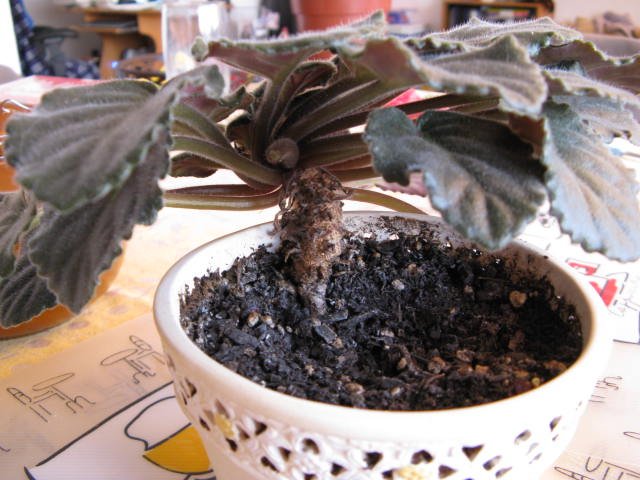
It is important not to overfeed the violet with nitrogen fertilizers, as they contribute to the active development of foliage and interfere with the appearance of flowers. - For violets, the composition of the substrate in which it lives is important. With its incorrect composition, it will not only not bloom, but will not be able to develop normally. The easiest way to buy a substrate for senpolia in the store, but you can cook it yourself. Do not take solid soil, be sure to add baking powder and fertilizer to the mixture. Since the flower has a delicate root system, it needs a substrate that is light in consistency.
- The size of the flowerpot in which the senpolia is planted also affects flowering. Do not transplant it into large and spacious pots, otherwise you will get a decorative-deciduous plant without flowers.
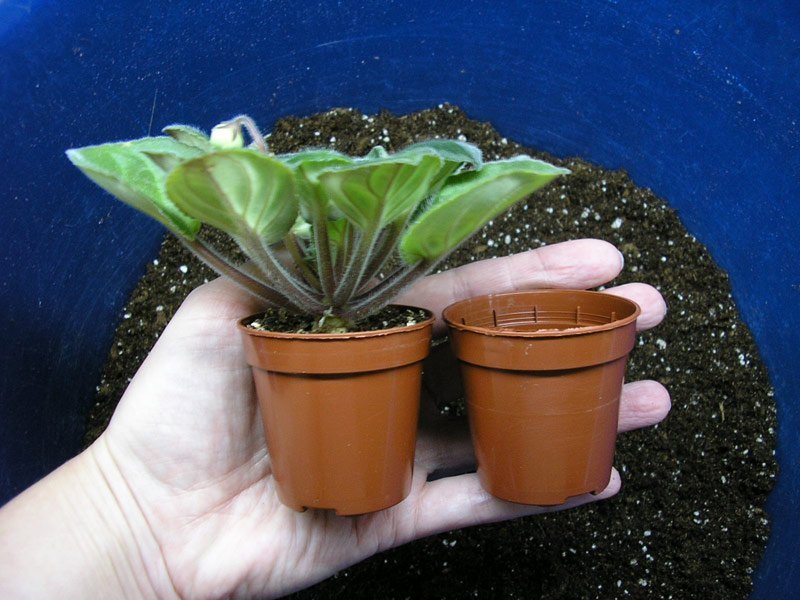
For this type, it is correct to use small containers with a volume of up to 200 ml, which perfectly accommodate a small root system and allow you to focus on the formation of flowers. - Diseases and pests can also affect flowering, because if they exist, all the forces of the senpolia go to fight them. If traces of insect life appear on the plant, then it should be treated immediately, otherwise it will die quickly. The same applies to signs of various diseases, which will be expressed in the deterioration of the appearance of violets.
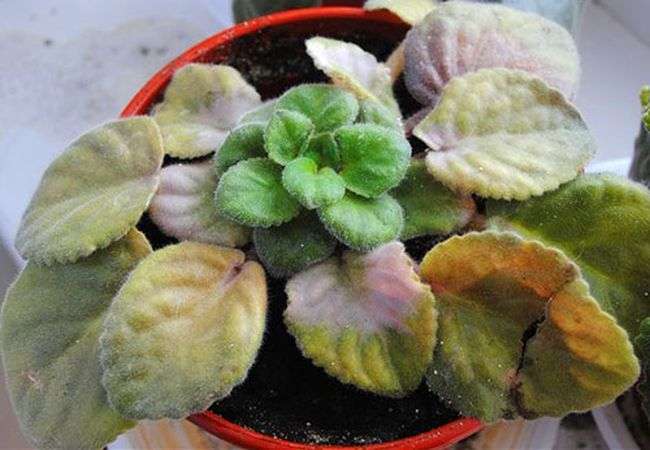
Violet disease
In addition to these reasons for the lack of flowering in the considered type of indoor greenery, one should also know the characteristics of the variety grown at home. Each variety has a certain flowering period and for some it is not long.
What to do to make the violet bloom at home
Naturally, when buying a Saintpaulia, there is a desire that the flowers are present on the plant year-round, because it is precisely for their unusual shades and shapes of the petals that flower growers love this species.
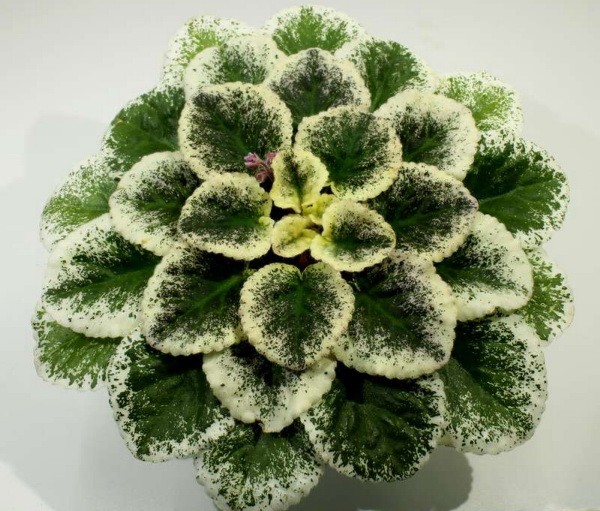
Rules for fertilizing flowers
The success of the feeding of the senpolia will directly depend on what period of time fertilizers were applied and the frequency of such a procedure. It is enough to feed the flower twice a month during the period of its active growth and once in the winter. It is also important to control the amount of fertilizer applied.
Never top dress in the following cases:
- the flower is replanted less than 30 days ago;
- air temperature is too low or high;
- the plant is sick;
- the violet is exposed to direct sunlight.

If the greenhouse looks healthy, but does not bloom for a long time, and you do not know what to do, then use the following information on how to fertilize the Saintpaulia:
- Brewing black tea mixed with ground to loosen the soil.
- Add coffee grounds to the soil to improve substrate structure and control moisture inside.
- Pour the peel of citrus with boiling water, leave for 24 hours and cool, then dilute with water 1:10 and use for watering.
- Spraying with onion peel, which must first be boiled and insisted.
- Dissolve sugar in water and use for spraying.
- For watering, you can also infuse yeast mixed with a little sugar.
- Fertilizers sold in flower shops. To apply during watering. You should opt for feeding, which includes such elements: phosphorus, potassium, nitrogen, magnesium, calcium, iron, as well as zinc, copper, manganese.
It is permissible to use folk methods of fertilizer and chemical compositions in an integrated way to improve the bloom of Saintpaulia and its appearance.
Other methods
Subject to proper lighting, watering, humidity for the plant, as well as the introduction of the appropriate doses of fertilizing, Saintpaulia bloom. If this does not happen, you can apply the following methods:
- Transplantation into a new substrate. It is good to conduct it annually, so that the soil remains constantly loose, with an acceptable amount of salts and alkali, so that there are enough useful substances in it. Perhaps it was the exhausted soil that caused the lack of flowers.
- Damage to the roots during transplantation could also affect the flowering factor of Saintpaulia, you need to be as careful as possible when performing this procedure.
- Drafts and temperature changes negatively affect the plant, if violet is exposed to such risk factors, then its position should be changed.
- The formation of the outlet is a good way to get abundant flowering, you should timely remove old and dried buds, as well as damaged leaves and do not forget from time to time to rotate the senpolia around its own axis.

The formation of the outlet
Do not forget also that if there are several negative factors for the development of violets, you need to eliminate them at the same time to get a positive result.
Common questions
The main reasons for the lack of flowers on violets are the wrong watering regime, lighting, as well as improperly selected substrate, pot size and fertilizer. By studying these factors and changing them, you can achieve the bloom of Saintpaulia almost year-round.

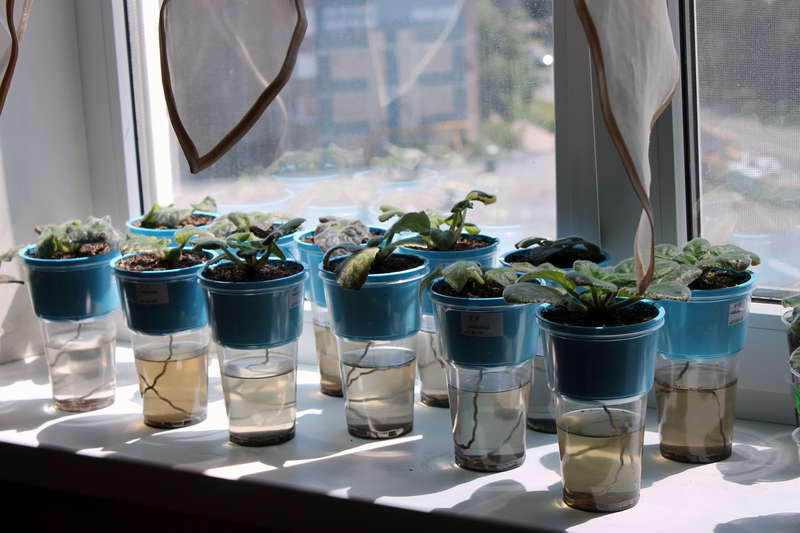
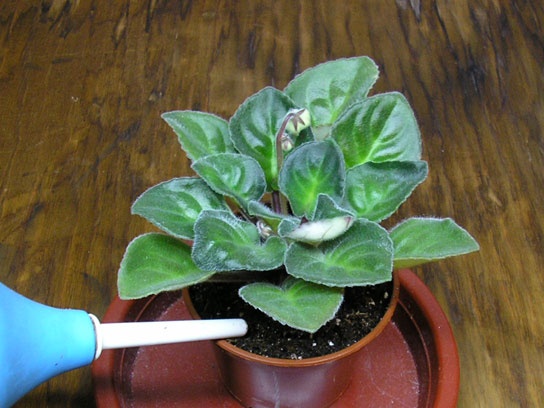
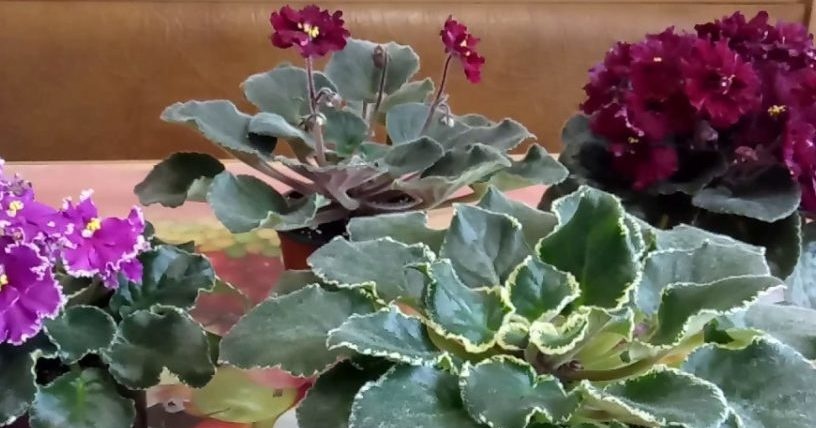 Why violets do not bloom - what to do to bloom and how to fertilize?
Why violets do not bloom - what to do to bloom and how to fertilize?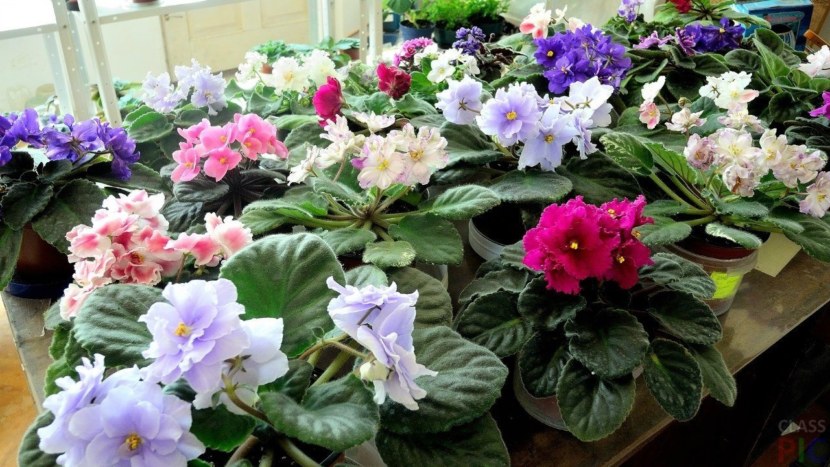 Indoor violet: proper care, pruning, reproduction at home
Indoor violet: proper care, pruning, reproduction at home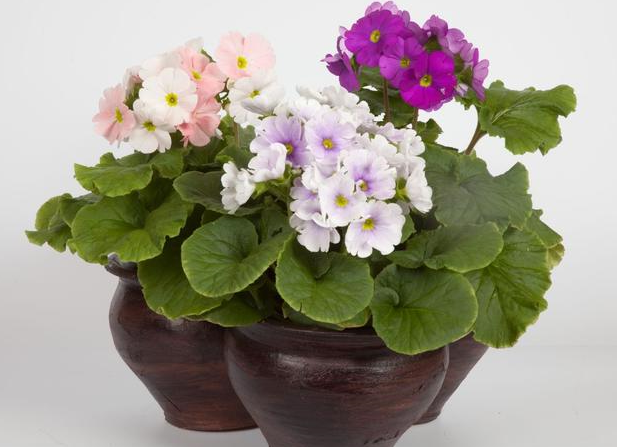 A few tricks and your violets will bloom 10 months a year!
A few tricks and your violets will bloom 10 months a year! “Frozen in time” - how much violets can bloom?
“Frozen in time” - how much violets can bloom?